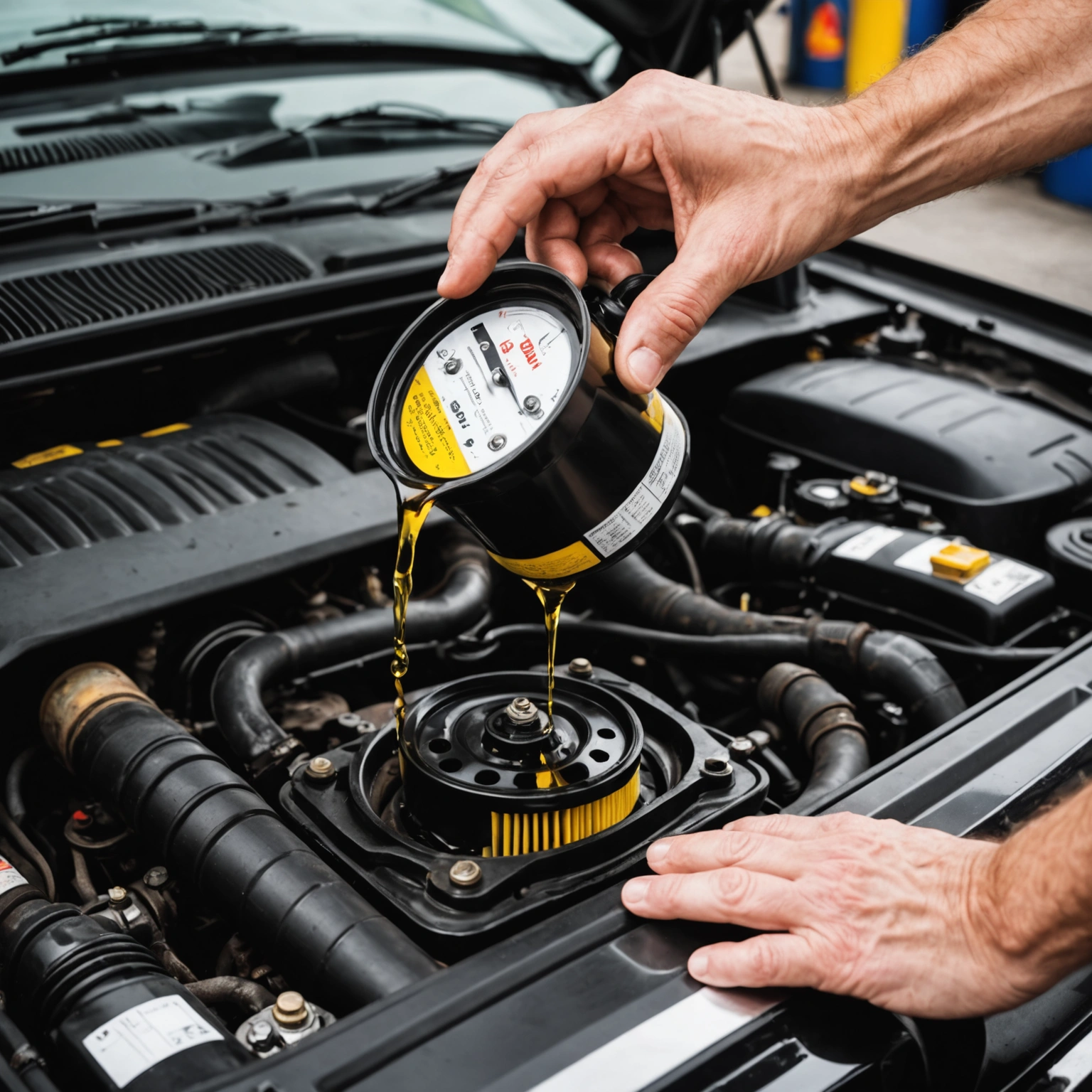**How Often Should You Change Your Car’s Oil? Expert Tips for Longevity and Performance**
Regular oil changes are one of the most important maintenance tasks to ensure your vehicle runs smoothly, efficiently, and reliably over the years. But how often should you actually change your car’s oil? The answer depends on several factors including your vehicle’s make and model, driving habits, and the type of oil used. Here’s a comprehensive guide to help you keep your engine in top shape.

### Standard Recommendations: The 3,000 to 5,000-Mile Rule
Traditionally, many mechanics recommended changing conventional oil every 3,000 miles or every three months. This guideline was based on older engine designs and mineral oils that degraded more quickly. However, advances in engine technology and oil formulations have extended these intervals for most vehicles.

### Modern Vehicles and Synthetic Oils: 7,500 to 10,000 Miles
For newer cars using synthetic oils, the typical oil change interval can range from **7,500 to 10,000 miles** or roughly once a year. Synthetic oils are more resistant to breakdown, providing better protection and longer-lasting lubrication. Always consult your owner’s manual for manufacturer-specific recommendations.

### Factors That Influence Oil Change Frequency
1. **Driving Habits**

– *Stop-and-Go Traffic:* Frequent short trips can lead to faster oil contamination.
– *Highway Driving:* Longer trips at steady speeds generally allow for longer intervals.
– *Towing or Heavy Loads:* These put extra strain on the engine, requiring more frequent oil changes.
2. **Vehicle Age and Condition**
– Older engines with more wear may benefit from more frequent oil changes.
– Vehicles with high mileage might need synthetic oils sooner to protect internal components.
3. **Oil Type**
– *Conventional Oil:* Typically requires more frequent changes.
– *Synthetic Oil:* Lasts longer but still needs regular monitoring.
4. **Environmental Conditions**
– Extreme temperatures, dusty environments, or frequent short trips can accelerate oil degradation.
### Using Oil Life Monitoring Systems
Many modern vehicles are equipped with oil life monitoring systems that automatically track driving conditions and notify you when an oil change is due. Relying on these systems can help optimize maintenance schedules and prevent unnecessary oil changes.
### Signs That You Need an Oil Change Sooner
– Engine noise or knocking
– Decreased fuel efficiency
– Oil appears dark and dirty upon inspection
– Oil level drops quickly
– Check engine or oil warning light appears
### Final Tips for Optimal Engine Health
– **Check your oil regularly**: Use the dipstick to monitor oil level and quality.
– **Follow your manufacturer’s manual**: Always adhere to the recommended interval.
– **Use the right oil**: Choose the appropriate viscosity and type specified for your engine.
– **Schedule routine maintenance**: Regular oil changes are a small investment for long-term engine health.
—
**In Summary**
The optimal interval for changing your car’s oil varies based on vehicle type, driving conditions, and oil type. As a general rule, synthetic oils extend the interval to about 7,500–10,000 miles, while conventional oils may need more frequent changes around every 3,000–5,000 miles. Always consult your owner’s manual and consider your driving habits to determine the best schedule for your vehicle.
**Maintaining proper oil change intervals not only prolongs your engine’s lifespan but also ensures peak performance, fuel efficiency, and peace of mind on every drive.**

